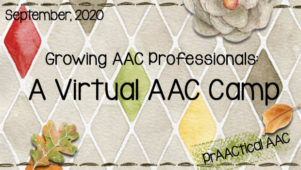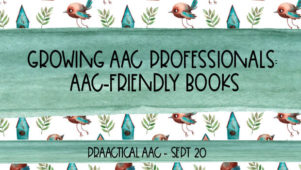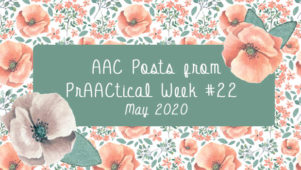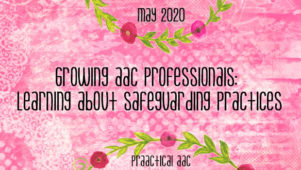Alternative Learning Experiences in Clinical Education: An AAC Video Case Study
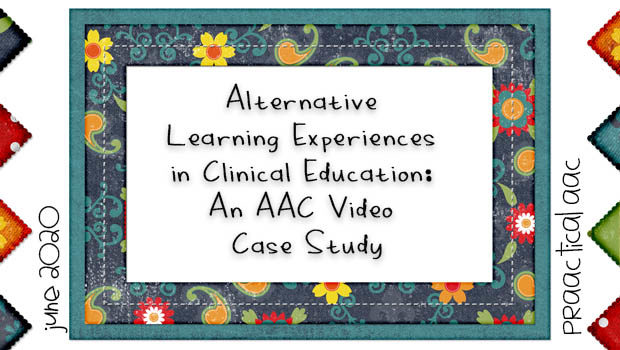
When SLP students are connected with real-world AAC situations, there can be a deep and lasting impact. Today, guest author and SLP Clinical Educator Krista Davidson shares her experiences in connecting graduate students with Kim Rankin and her son, Nathaniel, who uses AAC. Initially connected through social media, they worked together to build a valuable learning experience for these future SLPs.
Alternative Learning Experiences in Clinical Education: An AAC Video Case Study
I am a clinical associate professor in the Department of Communication Sciences and Disorders at The University of Iowa. At Iowa, our graduate students rotate through a variety of clinical teams, mine being the AAC team. Each semester I have a new group of students to educate, supervise, and mentor as they provide therapy to my caseload of clients who use AAC at the Wendell Johnson Speech and Hearing Clinic.
Due to the recent pandemic, like most universities, we have transitioned our graduate students and clients to teletherapy. However, with some clients unable to participate and others opting out of teleservices, the need arose for alternative learning experiences for our students. I wanted to provide my team with quality AAC information and as much familiarity as I could with a variety of real people who use AAC. So, after consulting with my clinic director, I set out to develop my own case studies. I searched for videos of the same person engaging in a variety of quality activities with AAC. Although there were many wonderful videos, it was difficult to find multiple videos of the same person over a relatively brief period of time. I was also specifically looking for a person who did not match the profile of clients we currently see at our clinic. Then I realized a possible solution might just be staring me in the face(book). I follow several families who use AAC on Facebook. I recalled a recent video I saw on Hold My Words, a page featuring Nathaniel, Kim Rankin’s young son who uses AAC. I reached out to Kim to see if she would allow me to use her and Nathaniel’s story and videos for one of my learning experiences. Fortunately for me, what I received was more than permission, but rather a collaboration! With Kim’s consent, I put together the case study linked below.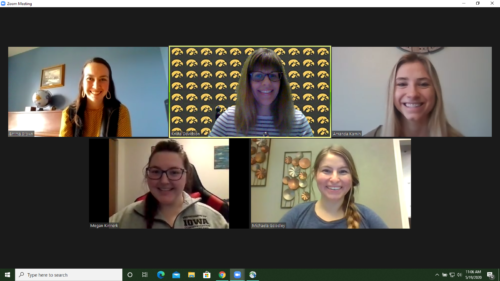
I launched the assignment with several graduate students, and, upon completion, I held debriefing sessions with each of them. We discussed their responses, and I also sought feedback about the project. Students appreciated that the case gave them autonomy for decision making and the opportunity for critical thinking. They loved Kim’s materials and seeing more literacy activities in action. Additionally, because of Nathaniel’s multiple communication modalities, students said they could connect content they learned in several courses and apply it to this AAC case.
Following such a positive student response and with praise from Kim and colleagues, I realized I succeeded in creating a meaningful AAC learning experience. It was also a unique opportunity to promote AAC as a team effort with families. I think Kim summarized our collaboration best when she said, “I’m encouraged when I see things like this – folks genuinely caring about Nathaniel and the ability for real stories to influence practice. It is exciting to think that we are doing things in our home that provide examples for your students.” Given these unprecedented times, I know clinical educators are looking to expand their teaching tools. By sharing the case study here, I hope other professionals and students may also benefit from Kim and Nathaniel’s generosity.
You can contact me at krista-davidson@uiowa.edu
Filed under: Featured Posts, PrAACtical Thinking
Tagged With: case study, clinical education, preservice training
This post was written by Carole Zangari

